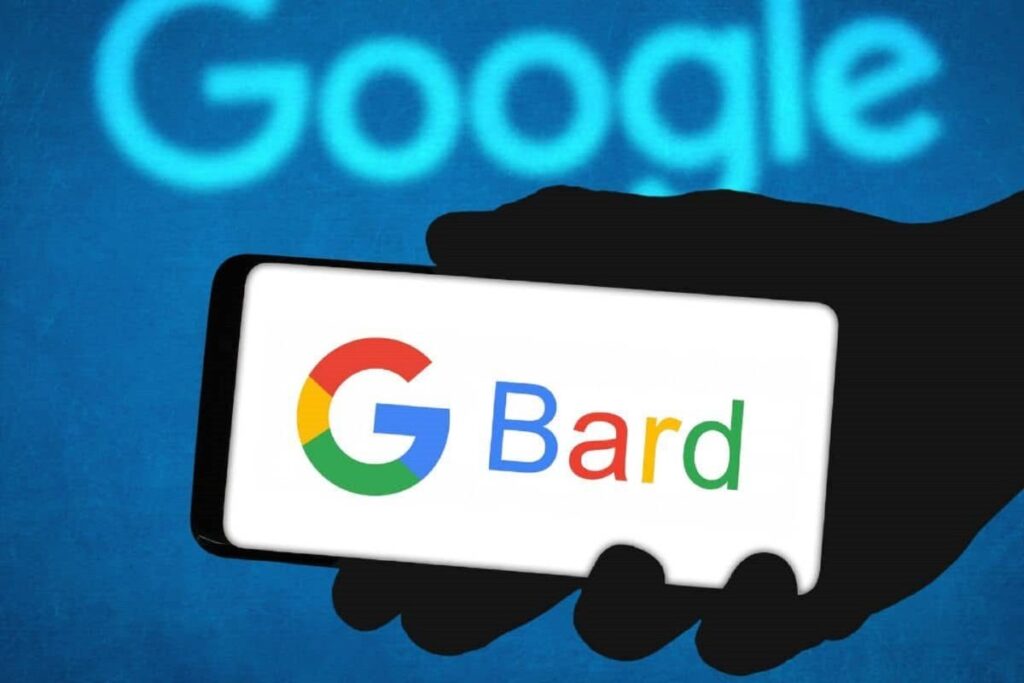Explore Google’s Bard: An AI content creation revolution or just a passing trend?
The digital media landscape is changing at an unprecedented rate, and artificial intelligence (AI) is playing a key role in this change. AI-powered content creation tools have already begun to transform the way articles, movies, and even music are created. Among these artificial intelligence tools, one that has recently attracted attention is Google’s Bard. But is Bard the future of digital media creation, or just a fad in an ever-changing world of technology?
Google Bard is a conversational AI tool that understands the subtleties of human language to produce high-quality, contextually relevant material. Bard was launched as a competitor to OpenAI’s ChatGPT and uses Google’s sophisticated language models and vast knowledge base to generate human-like text. But Bard’s main strength is its ability to work with Google’s search engine to generate fresh, relevant, and context-driven content. This feature has the potential to revolutionize content creation.
Bard is more than just a chatbot. It is a comprehensive content generation platform that allows you to create blog posts, articles, social media updates, and more without human participation. Bard’s natural language processing capabilities allow you to write in a variety of tones and styles, making it a desirable tool for content creators, businesses, and marketers.
The concept of using AI for content development is not new. From AI-generated art to music, technology has demonstrated the ability to generate unique materials. But AI-powered content creation tools like Bard promise to push the boundaries of what’s possible with digital media. With the ability to create blog posts, research papers, marketing copy, and even poetry, Bard provides a scalable solution for organizations and people looking to generate more content in less time .
AI solutions are especially effective in today’s fast-paced digital environment, where consumers are constantly demanding to see new and interesting material. Bard, like other AI content generators, can generate articles and posts quickly, making it an attractive option for organizations looking to stay relevant in a competitive digital market. However, there are some concerns that should be answered. Can Bard actually replace human content creators, or is it simply a tool to assist them?
1. Speed and efficiency
One of the biggest benefits of AI-powered content creation is speed. In an era where the need for digital materials is growing exponentially, systems like Bard have the potential to produce high-quality work in a fraction of the time it takes a human writer. This efficiency is especially useful in organizations with short deadlines or in areas where staying on top of trends is important.
2. Cost-effectiveness
Hiring copywriters, editors, and content strategists can be expensive. Bard allows organizations to create material on demand, reducing the need for large staffs of human writers. AI can operate 24/7, allowing companies to maintain a steady supply of materials at low cost.
3. Personalization
Bard by Google may personalize information based on your preferences and actions. You can deliver content that aligns with your brand voice and specific audience interests. This kind of personalization is difficult for human writers to achieve at scale, making AI a valuable tool in digital marketing and content development.
4. Flexibility of language and tone.
Unlike some earlier AI models, Bard can adapt its tone and style to suit different types of information. Whether crafting a professional research paper or a casual social media post, Bard gives content creators the flexibility to switch between writing styles to reach a wide audience. Masu.
Bard’s skills are good, but there are still some issues to solve. First, while Bard may produce prose that is grammatically correct and easy to understand, it can have problems with nuance and context, resulting in errors or overgeneralization. For example, Bard may fail to capture the true spirit of a brand’s voice or create material that feels overly formulaic.
Additionally, AI-generated content often lacks the human element that makes writing so compelling. AI still lacks creativity, empathy, and storytelling ability, making it impossible for Bird to create content that emotionally connects with readers in the same way that human writers can.
And finally, there are moral issues. The creation of AI materials can increase the spread of biased or false information, especially if the algorithms underlying these tools are opaque or not updated frequently.
There is no doubt that AI will play an active role in digital media in the future. When combined with other AI-powered tools, Google’s Bard has the potential to completely transform the content creation industry. However, it is still unclear whether it will fully replace or complement human writers.
Bard and other AI tools are great for increasing productivity, automating tedious tasks, and creating content faster. However, they may not fully take the position of human writers, who imbue their writing with depth, emotion, and originality. By taking on time-consuming chores, Bard could instead support the efforts of content producers, freeing them to focus on more strategic and imaginative projects.
As AI continues to advance, it will be interesting to see how platforms like Bard are further developed and combined with other tools. AI-generated content will certainly play a big role in the digital media ecosystem, but human input will likely always be required to ensure quality and authenticity.
The next step in AI-powered content creation is Google’s Bard. This gives both individuals and businesses the opportunity to produce content faster and more effectively. But it’s clear that AI works best when combined with human creators to leverage its benefits and augment work with automation. As AI technology develops, there is no doubt that tools like Bard will be crucial in determining the direction of digital media, but they can completely replace the creativity and authenticity that human writers contribute. I don’t know yet.



